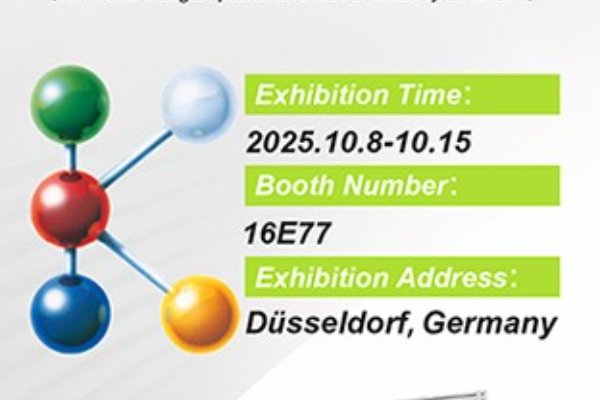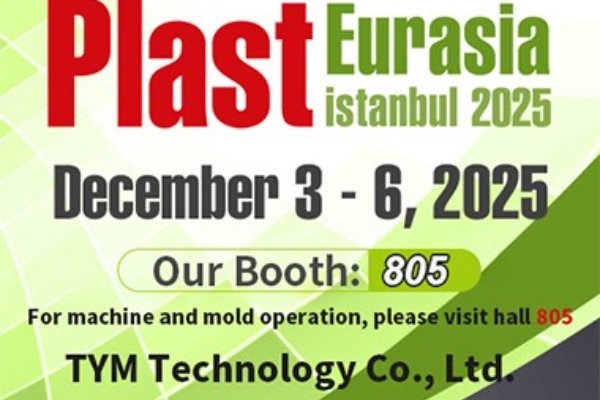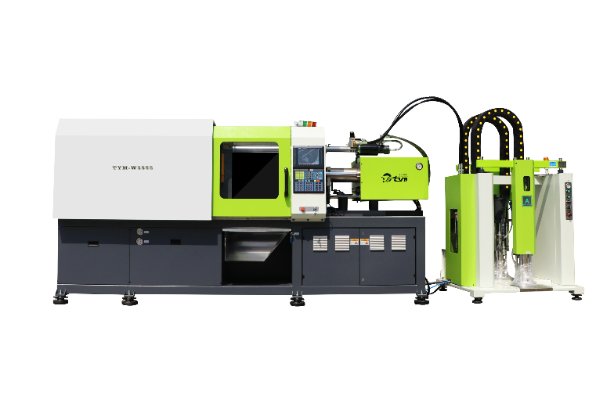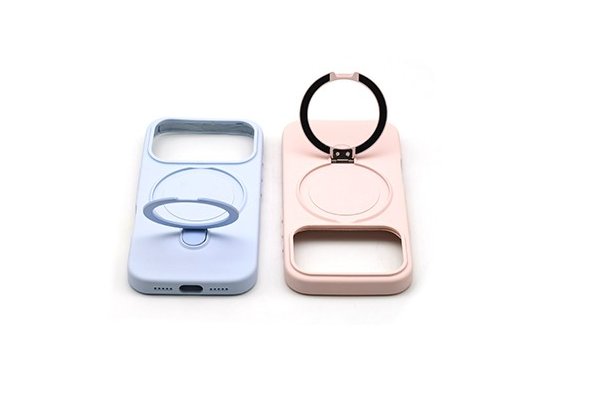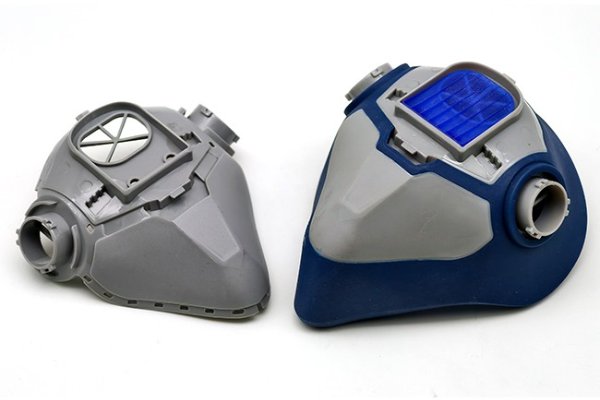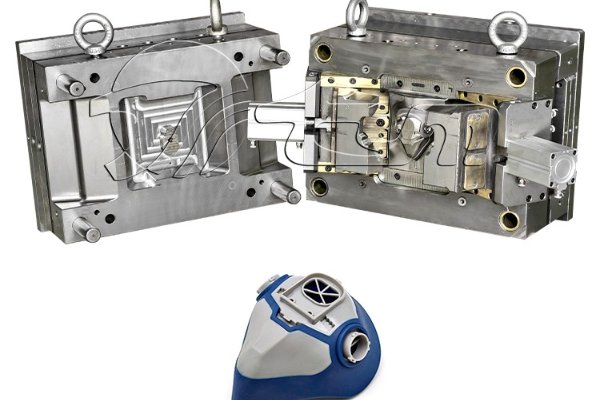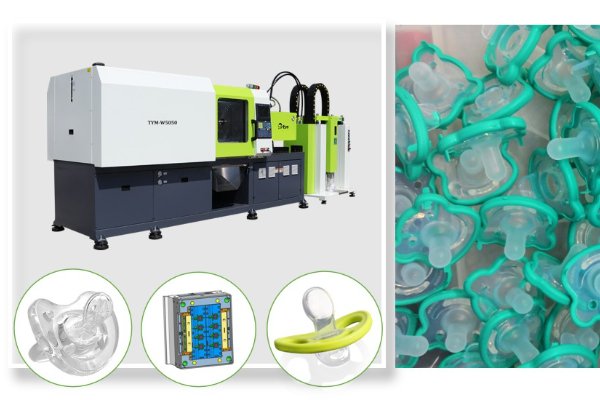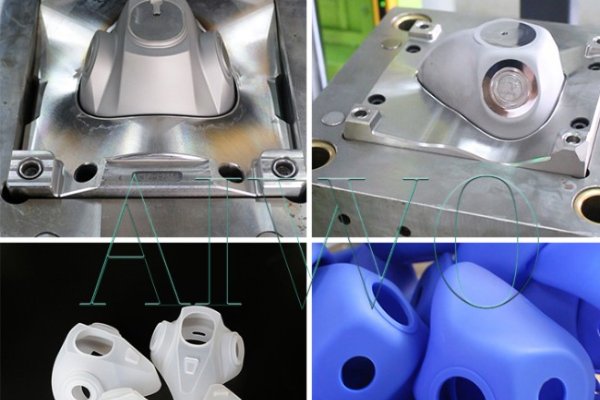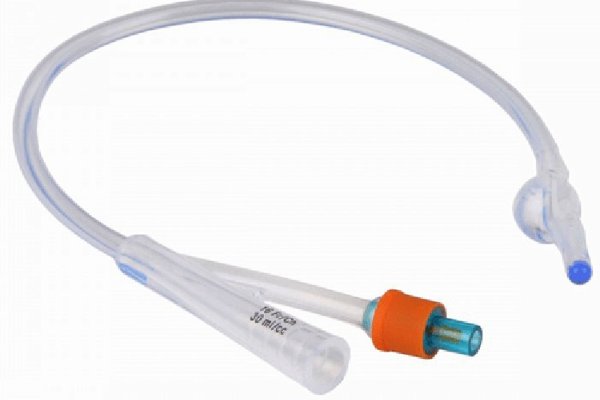Recent Posts
-
Meet TYM at K 2025 -The World’ s No.1 Trade Fair for Plastics and Rubber
Welcome to the World’s No.1 Trade Fair for Plastics and Rubber -K 2025, taking place from October 8–15, 2025 at Messe Düsseldorf, Germany. As a professional LSR injection molding machine, mold, and robot solution provider, TYM Technology Co., Ltd. is proud to present our latest innovations at Booth 16E77.
09/23/2025
-
TYM LSR Molding Solutions at Plast Eurasia Istanbul 2025
Meet TYM at Plast Eurasia 2025 to explore LSR injection molding machines, silicone and plastic molding systems, and turnkey LSR solutions. Booth: hall 805.
12/02/2025
-
LSR Overmold Technology | Liquid Silicone Rubber Injection Molding
Liquid Silicone Rubber (LSR) overmolding has become a core manufacturing technology for producing high-precision, food-grade silicone components used in baby products, kitchenware, and consumer goods.
11/25/2025
-
Efficient Production of Silicone Phone Covers|Vertical Molding Machines
Produce premium silicone phone covers efficiently with TYM LSR vertical injection molding machines. Achieve perfect overmolding, high precision, and full automation for durable, skin-friendly silicone cases.
11/13/2025
-
Efficient LSR Half Mask Respirator Production with TYM LSR Molding Machines
What Is an LSR Half Mask Respirator? This type of respirator is made through a combination of plastic injection and LSR overmolding. First, the plastic part of the mask is molded. Then it is placed into a silicone mold for a second injection on an LSR molding machine. During this process, the liquid silicone bonds tightly with the plastic surface, forming one complete piece without any need for glue or manual assembly. This makes the mask more stable, cleaner, and easier to produce in volume.
10/09/2025
-
Liquid Silicone Half Mask Respirator Production Machine
Liquid silicone half mask respirator mold can be customized with 2 to 4 cavities and adopts a cold runner system to minimize material waste while achieving high precision molding machine.
08/14/2025
-
Silicone Catheter Manufacturing Machine LSR Molding and Extrusion
TYM provides LSR molding and extrusion solutions to manufacture silicone catheters efficiently, with modular molds and global medical-grade support.
06/25/2025
Liquid Silicone Rubber Injection Molding--Design Considerations
How does the liqiud silicone rubber injection molding process when making silicone parts ? The first step in design is typically material choice; like thermoplastics, the particular grade and manufacturer of LSR have a great impact on final part design.Once a material is chosen for final product performance, many other decisions must be made regarding part shape, gating,material usage, and most importantly cost.The best method for determining these is to ask a series of questions:
How will the product be molded?
Part geometries can have a great deal of impact depending upon the type of molding used. Some work well with automation typical for horizontal LSR molding, while others work better for the manual operation of vertical machine molding. Also, the complexity of the geometry plays a role in governing the size of the mold and thus the size of the molding machine.
How will the part be demolded?
Design for ease of demolding is just as important as design for molding. Silicone has a high green tear strength: meaning that very large undercuts may be designed into a product and the parts can be stretched over them during demolding without permanent deformation. This, however, does not mean that any geometry may be easily removed from the mold. Silicone’s tendency to adhere to the mold steel after molding coupled with
its natural tackiness can make it quite difficult to remove thick walled highly undercut parts. Undercuts and wall thicknesses should be
carefully chosen during the design phase.
How should the mold be heated?
Consistent heating of LSR molds is crucial to producing parts of proper geometry both throughout a single run and between runs.
Options for heating methods include resistance or induction. Both styles may be placed inside the plates of the mold or inside a universal
base which heats the entire mold from the outside only. More precise control is given by placing heaters directly in the mold plates, so
that the thermocouples tied to the PID controller can more effectively change the heater on/off timing. Choice of heating type
depends largely on budget and geometric considerations, since heating the mold directly increases costs and heaters must be placed so
that they avoid mold cavities, cores, and slide actions.

